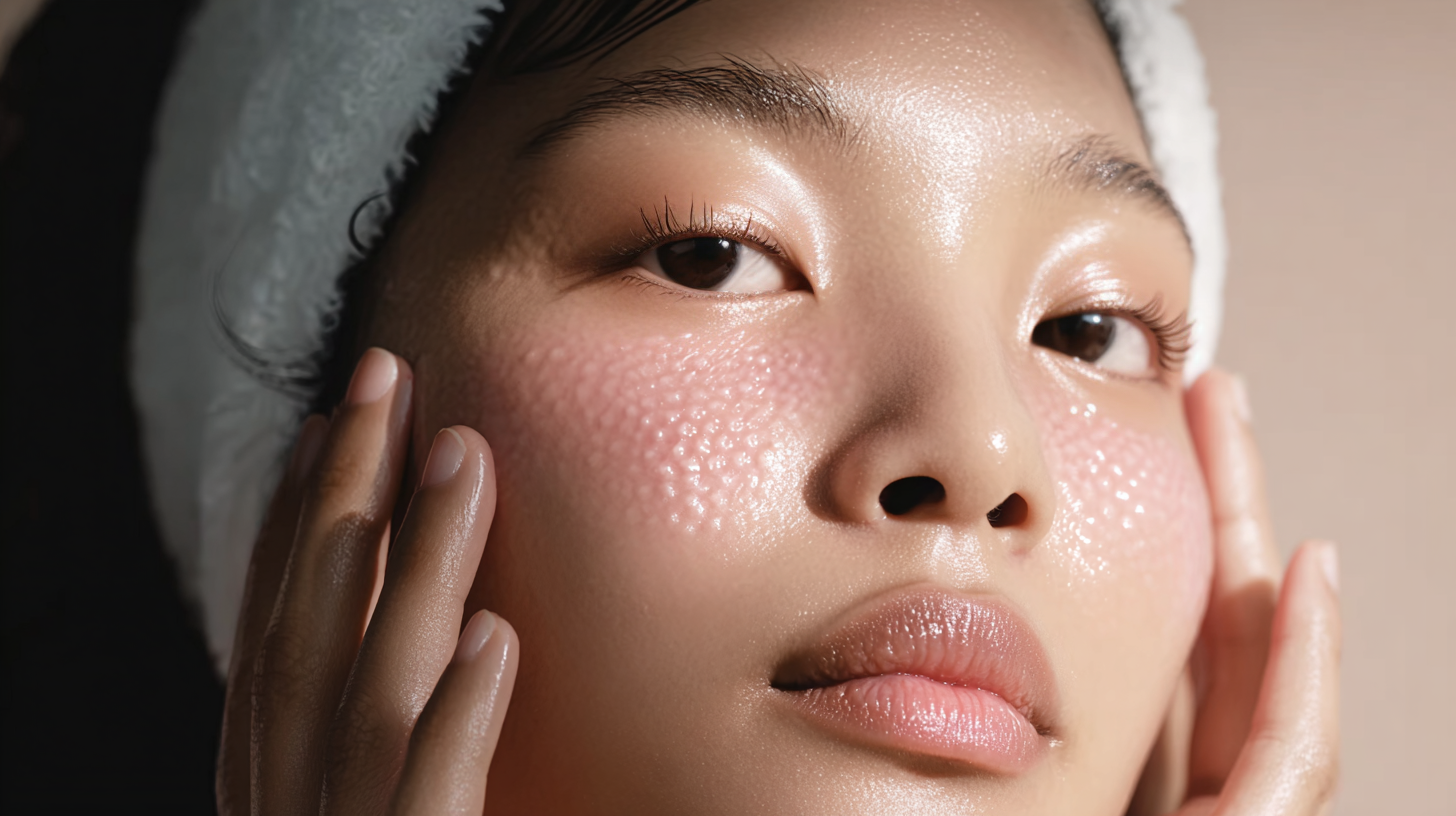The Journey to Becoming a Dermatologist
Dr. Clare Kiely is a consultant dermatologist, dermatological and laser surgeon at St John's Institute of Dermatology, London and HCA Lister Hospital, Chelsea, London. She has completed fellowships in Dermato-oncology and Mohs surgery in St John's institute of Dermatology and is honorary lecturer in skin ageing and aesthetics at the University of Manchester where she completed her master’s degree. Dr. Kiely is currently Chair of the Cosmetic Practice Standards Authority and is on the executive committee of the British Cosmetic Dermatology Group. Alongside Professor Chris Griffiths OBE, Dr. Tamara Griffiths and Dr. Richard Barlow, Dr. Kiely founded The Skin Diary.
I discovered my passion for dermatology during my medical training. What captivated me was the sheer variety of conditions we see — from inflammatory diseases to skin cancer and genetic disorders — and the broad range of patients we can help. I was also struck by how many dermatological conditions are not just treatable, but often curable, offering immense satisfaction as a clinician.
At the time, dermatology was also leading innovation in medicine, particularly with the rise of biologics, immunotherapies, and advances in skin cancer treatments. Being part of a fast-evolving specialty felt both exciting and inspiring.
My Journey to Becoming a Consultant Dermatologist
The path to becoming a consultant dermatologist is not a short one. In total, it has taken 18 years to qualify as a consultant dermatologist and specialist in skin cancer, Mohs surgery, and laser treatments.
Medical school: 6 years
Internship: 1 year
Senior House Officer (Medicine): 2 years (including MRCPI exams)
Registrar posts (Medicine and Dermatology): 2 years
Specialty Training in Dermatology: 5 years (CST completion and GMC Specialist Register entry)
Master’s Degree in Skin Ageing: Completed alongside specialty training, 3 years
Fellowship in Skin Cancer: 1 year
Fellowship in Surgery and Laser: 1 year
Why I Chose Skin Cancer and Skin Ageing as Special Interests
My interest in skin cancer, particularly non-melanoma types like basal cell carcinoma and squamous cell carcinoma, grew early on. These are the most common cancers in the UK, yet public awareness remains surprisingly low.
This focus naturally led me to pursue training in Mohs micrographic surgery — a highly specialised technique that removes skin cancers layer by layer while preserving as much healthy tissue as possible. It is a meticulous, technically demanding skill that allows for both precise cancer treatment and elegant reconstructive work, often on the most cosmetically sensitive areas such as the face. It’s a part of my practice that is both challenging and deeply rewarding.
Alongside this, I became increasingly interested in the science of skin ageing. Ageing is a major driver of skin cancer risk and involves a complex interplay between UV damage, genetics, and environmental factors. Much of my work now sits at the intersection of these two fields: understanding how ageing and sun exposure contribute to skin cancer, and how we can intervene earlier to prevent disease before it develops.
My Mission: Shifting Focus to Prevention
My mission as a consultant dermatologist is to shift the focus from reactive treatment to proactive prevention — especially in the realms of skin ageing and skin cancer. While we’ve made remarkable progress in treating advanced skin cancers with Mohs surgery and immunotherapies, the real frontier lies in prevention: understanding how ageing biology interacts with genetics and environmental exposure to trigger disease.
It’s important to recognise that ageing itself is not a disease. It’s a natural and universal process. However, it is the greatest risk factor for many dermatological conditions — from skin cancer to inflammatory diseases. By exploring how ageing alters the skin at a molecular and cellular level, particularly how UV exposure reprogrammes the skin’s epigenetic code over time, we can develop earlier, smarter interventions.
I’ve been fortunate to collaborate with world-leading experts in skin ageing — including Professor Chris Griffiths, Dr Tamara Griffiths, and Dr Richard Barlow — helping to drive research that will ultimately translate into new, evidence-based solutions for patients.
What I Wish More People Knew
Your skin has a shelf life. We often think about heart or bone health as we age, but skin — our largest organ — needs lifelong care too.
While public awareness of melanoma has grown, fewer people realise that non-melanoma skin cancers, like basal cell carcinoma and squamous cell carcinoma, are even more common and rising rapidly. These cancers are highly treatable if caught early — but even better, they’re largely preventable with the right protection and awareness.
I also wish more people understood that it’s not just in-office treatments or lasers that make a difference in skin ageing. Consistent use of scientifically backed topical ingredients can have a profound and lasting impact, especially when started early, before damage accumulates. Prevention is powerful — but it demands understanding, consistency, and commitment, something I hope to inspire more widely.
Dermatology Titles Explained
Consultant Dermatologist
A consultant dermatologist is the most highly qualified type of skin specialist, having completed rigorous postgraduate training and certification. ‘Consultant dermatologist’ is a protected title, recognised on the GMC Specialist Register. The British Association of Dermatologists (BAD) has introduced a ‘consultant’s tick’ logo to help patients easily identify practitioners who have completed the full training pathway.
Dermatologist
The term ‘dermatologist’ refers to a doctor with training and a special interest in skin conditions. However, it is not a protected title. While many are highly skilled, they may not have completed the full specialty training required to become a consultant dermatologist.
Cosmetic Doctor
Cosmetic or aesthetic doctors are medically trained and often perform injectable treatments such as fillers and botulinum toxin. Because ‘cosmetic doctor’ is not a protected title, patients should always verify the practitioner’s credentials before undergoing treatment.
Therapist
A skin therapist provides beauty treatments such as facials and non-medical skincare procedures. Their role focuses more on skin maintenance rather than medical diagnosis or treatment.
Subspecialties Within Dermatology
Cosmetic Dermatology
This branch focuses on aesthetic procedures such as injectables, laser therapies, and skin tightening. Treatments are typically carried out in private clinics.
Paediatric Dermatology
Paediatric dermatologists specialise in diagnosing and treating skin conditions in babies and children. They work across both the NHS and private sectors.
Dermatopathology
When a skin sample needs microscopic examination, dermatopathologists step in. This highly specialised field combines dermatology and pathology to diagnose diseases based on tissue analysis.











